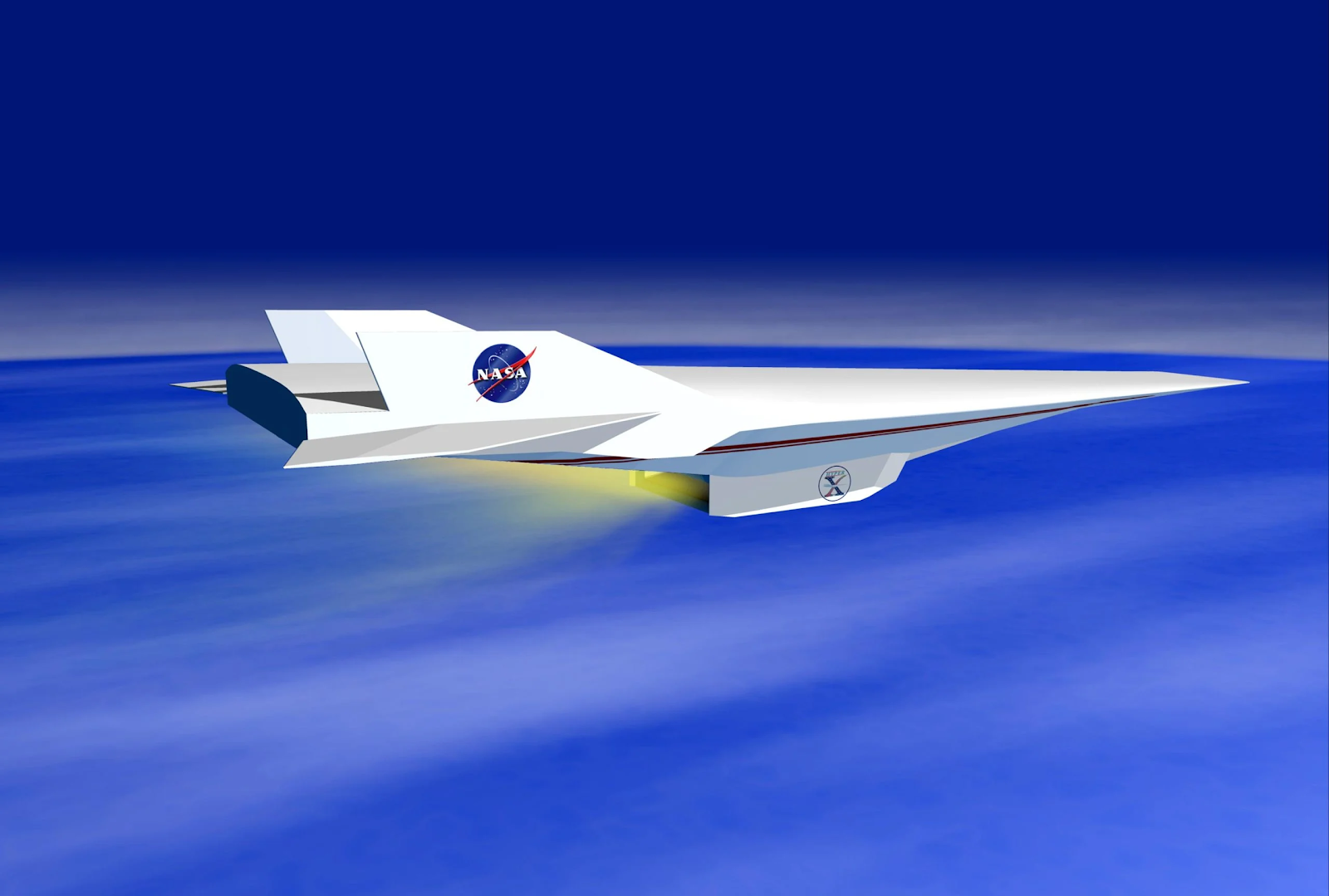The main problem with hypersonic systems is how to control them on air. If the hypersonic aircraft's body is designed the wrong way, that causes thermal problems. But another problem is this: if the aircraft's shape is wrong, the pressure wave or sonic boom will go past the control surfaces. And those layers will not work in that case. In other cases, if the shockwave nuzzles against the aircraft body, that causes overheating. The next problem is the engine.
The Scramjet engine is the only engine type that can use atmospheric air and create hypersonic exhaust gas. There is introduced an idea that the flap engine or pulsejet model, which was created for the WWII V-1 flying bomb can be connected with the scramjet. In flap scramjets or pulse ramjets, the front flap closes the air inlet when the aircraft flies at a slow speed, and during that time the system injects both, oxygen and propellant, which turns the system into a rocket scramjet.
Image 2: The pulsejet. The pulse scramjet is the pulsejet, that is turned into the scramjet shape. The pulse scramjet requires electromagnetic ignition at a slow speed.
The rocket mode can used in slow flight and also flight outside the atmosphere. But in high-speed atmospheric flight, the scramjet uses atmospheric oxygen. It is also possible that acoustic systems or lasers can create a thinner channel through air, that allows the aircraft to create low-friction channels through the air.
"NASA’s B-52B launch aircraft cruises to a test range over the Pacific Ocean carrying the third and final X-43A vehicle, attached to a Pegasus rocket, on November 16, 2004. Credit: NASA / Carla Thomas) (ScitechDaily, Revolution at Mach 10: NASA-Backed Hypersonic Jets Poised to Transform Space Travel)
That allows the scramjet-driven aircraft to fly at hypersonic speed in lower altitudes. The ignition of the scramjet engine is also difficult. To ignite the fuel in the scramjet the aircraft requires a speed that is near Mach 7. In some ideas, the aircraft can rise from airfields using regular turbojets.
Then it transfers to use ramjets, and then after its speed is over Mach 6, the system can start the fuel injection into the scramjet engine. There is also introduced a model that the aircraft can ionize gas at the front of it. Then magnetic accelerators pull those ions into the scramjet. And that can put air flowing faster than the speed of Mach 7.
In some theoretical systems, the engine uses micro- or radiowaves that send at the front of the craft to ionize gas. Then the magnets pull that ionized gas over the aircraft wings and to the air inlets. Then that air will turn into heat. Things like microwaves or electric arcs can increase that airflow's temperature. Then that engine injects propellant like hydrogen into the system.
https://scitechdaily.com/revolution-at-mach-10-nasa-backed-hypersonic-jets-poised-to-transform-space-travel/
https://en.wikipedia.org/wiki/Argus_As_014
https://en.wikipedia.org/wiki/Pulsejet
https://en.wikipedia.org/wiki/Ramjet
https://en.wikipedia.org/wiki/Scramjet







No comments:
Post a Comment
Note: Only a member of this blog may post a comment.